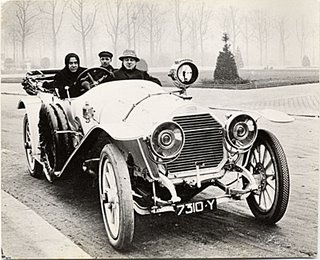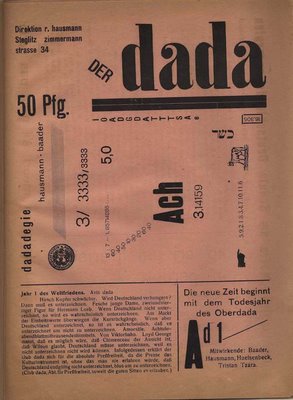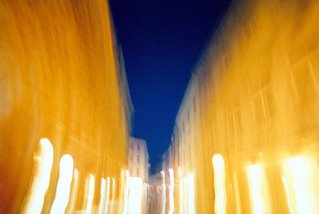Manuel Álvarez Bravo
 Manuel Alvarez Bravo
Manuel Alvarez BravoFrida Kahlo in Manuel Alvarez Bravo's Studio
1930s
courtesy of Masters of Photography
The Mexican photographer Manuel Álvarez Bravo was in my view one of the true masters of the 20th Century. His portrait of Frida Kahlo is a classic, but his main contribution was the pictures of ordinary people in everyday life situations. Here are some samples from his rich production and at about photography you will find a biography of this great, fascinating man.


























